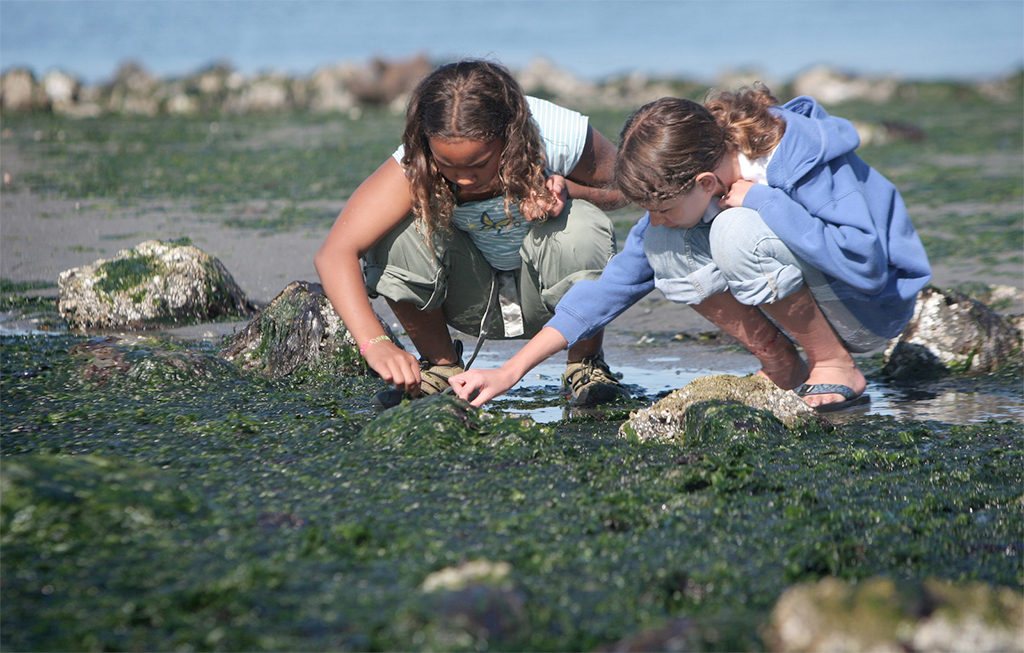
by Coastal Resilience | Sep 21, 2016
Puget Sound is a national treasure, the second largest estuary in the country, a factory for salmon and shellfish, home to 4.5 million people, and the economic engine of one of the nation’s strongest regional economies. These are increasingly vulnerable to rising sea levels, more extreme coastal storms, and more frequent river flooding.
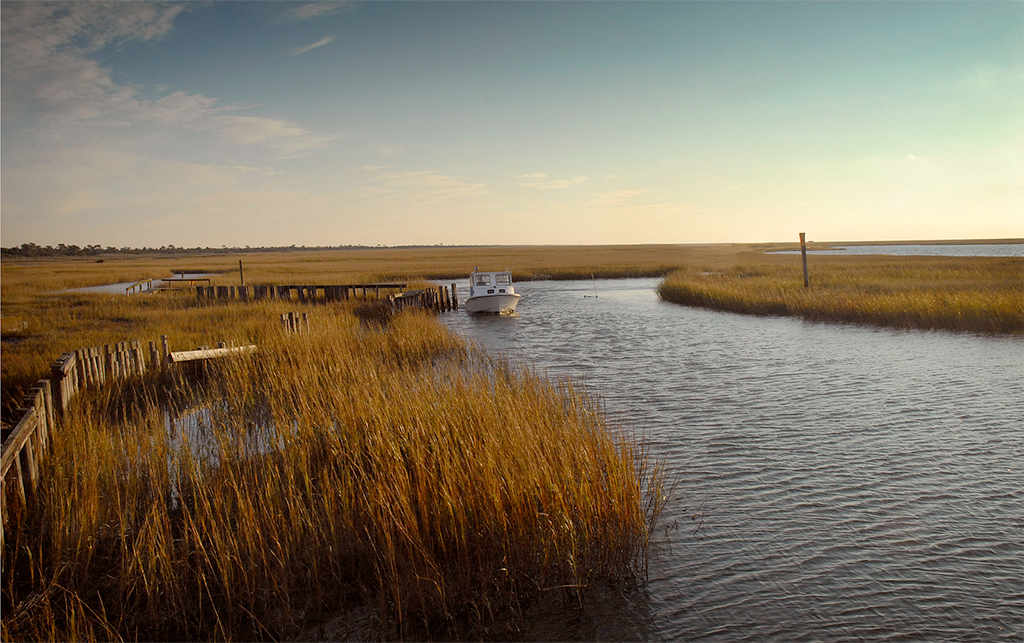
by Coastal Resilience | Sep 21, 2016
Virginia’s Eastern Shore lies within one of the U.S’s most vulnerable coastal regions. Sea levels are rising at three to four times the global average and storms are intensifying. Here, leading coastal scientists and community partners are using this living laboratory to better understand how nature can make coastal communities here—and everywhere—more resilient in the face of a changing climate.
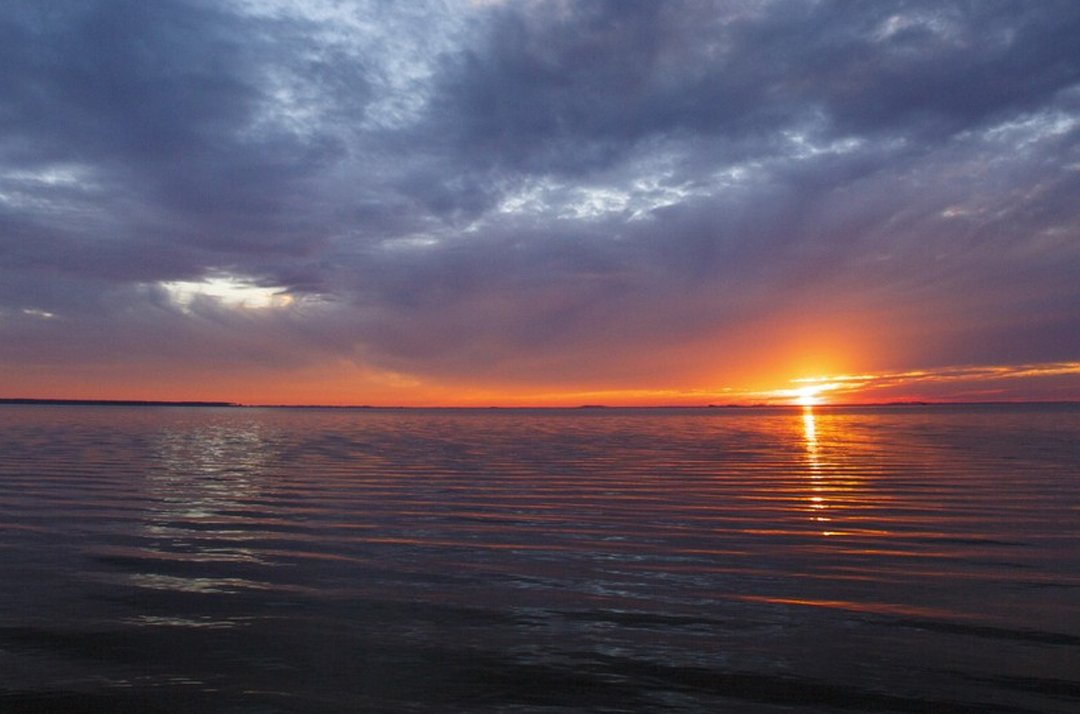
by Coastal Resilience | Sep 21, 2016
The Albemarle-Pamlico Sound region is home to more than 2.7 million people. Millions more visit the area because of its wide array of natural resources. Much of the area is low-lying, leaving coastal communities threatened by severe storms, coastal flooding, and rapid shoreline change.
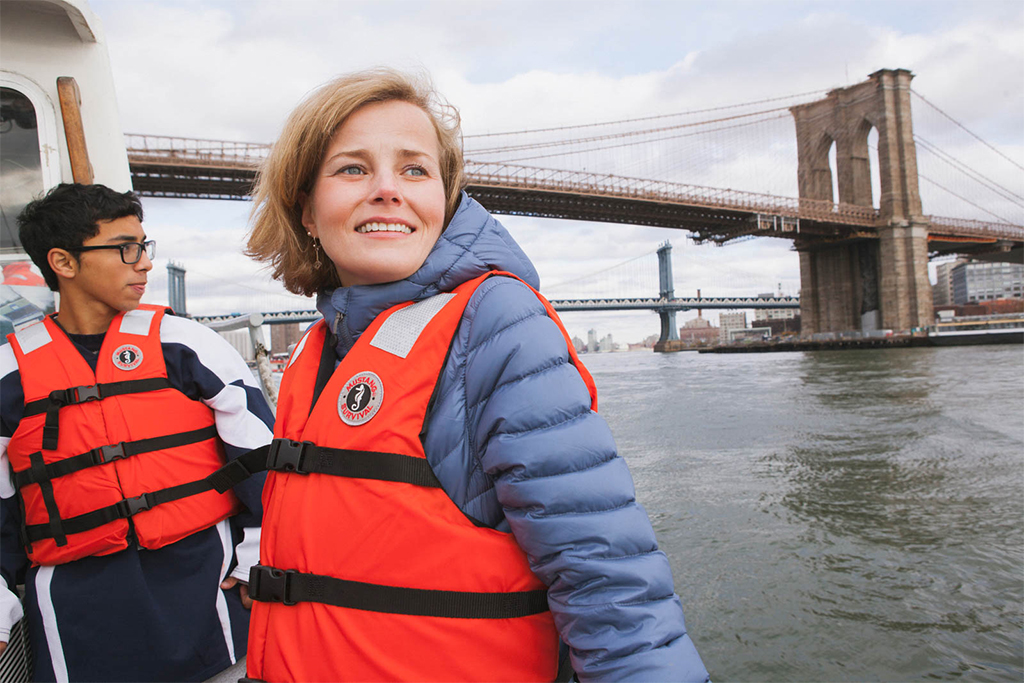
by Coastal Resilience | Sep 21, 2016
New York’s low-lying coastal environment makes the region particularly vulnerable to the impacts of sea level rise. This will only be exacerbated in the face of what are expected to be more frequent and more powerful coastal storms, as recent experiences with Superstorm Sandy and Tropical Storm Irene have shown.
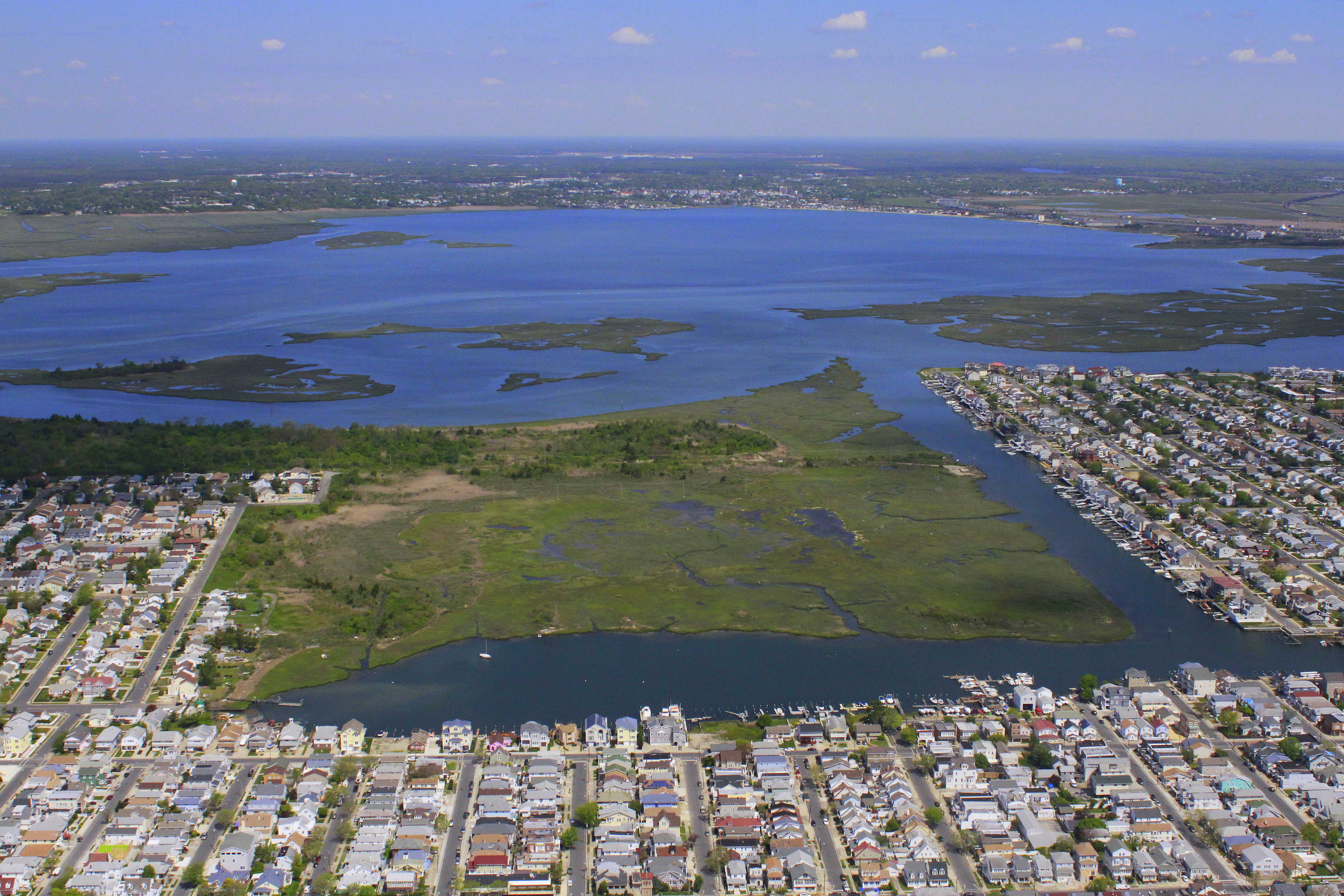
by Coastal Resilience | Sep 21, 2016
The 127 miles of New Jersey coastline along the Atlantic Ocean, Delaware Bay, New York/New Jersey Harbor, and Raritan Bay, are critical places to ensure that the health of habitats is incorporated into community resilience planning.





